Physics is full of ideas that sound too bizarre to be true, but they’re real. From particles that teleport through walls to entire theories suggesting we live in a hologram, these concepts are backed by science, math, and experimentation. While they might sound like plots from sci-fi movies, many of them play a key role in modern technology and our understanding of the universe. Get ready to question what’s real with these wild but true physics ideas.
1. Quantum Tunneling

Quantum tunneling lets particles pass through barriers they shouldn’t be able to cross. It sounds impossible, but it’s a proven part of quantum mechanics. Imagine tossing a ball at a wall and having it appear on the other side, that’s how weird it is. Tunneling plays a key role in things like nuclear fusion in stars and the functioning of semiconductors. Without it, modern electronics, and even the sun, wouldn’t work the way they do.
2. Time Dilation
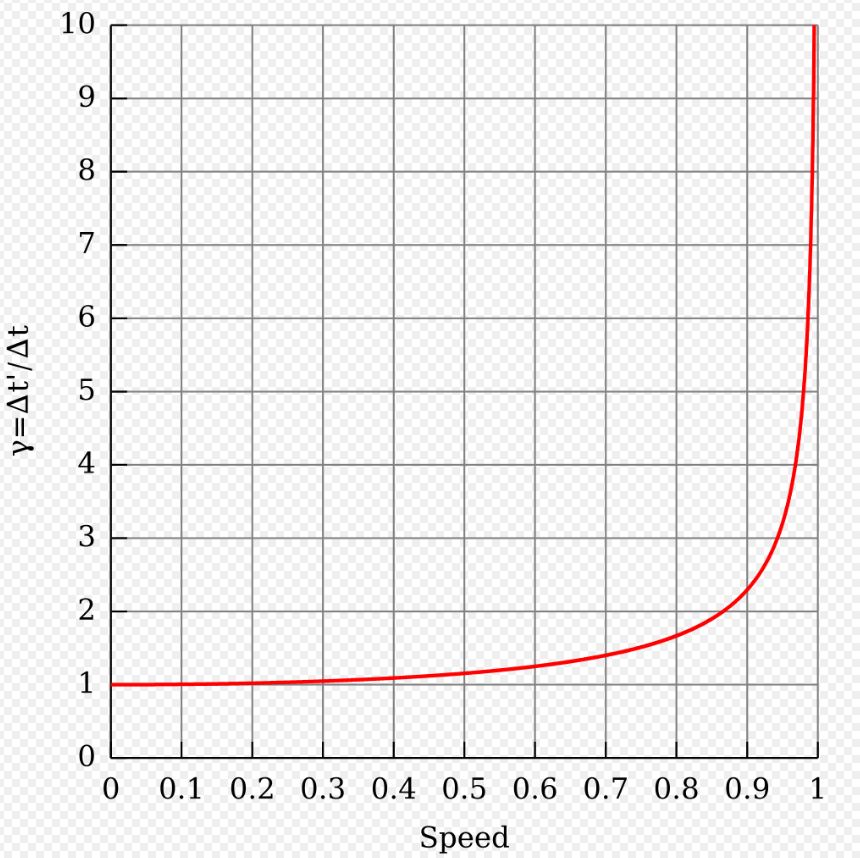
According to Einstein, time isn’t constant, it can stretch or shrink depending on your speed and gravity. Time dilation means someone traveling near light speed would experience time more slowly than someone on Earth. This isn’t just theory, it’s been tested with atomic clocks on airplanes and satellites. GPS systems even correct for this effect daily. It sounds wild, but it’s essential to how we navigate space and use technology.
3. Negative Mass
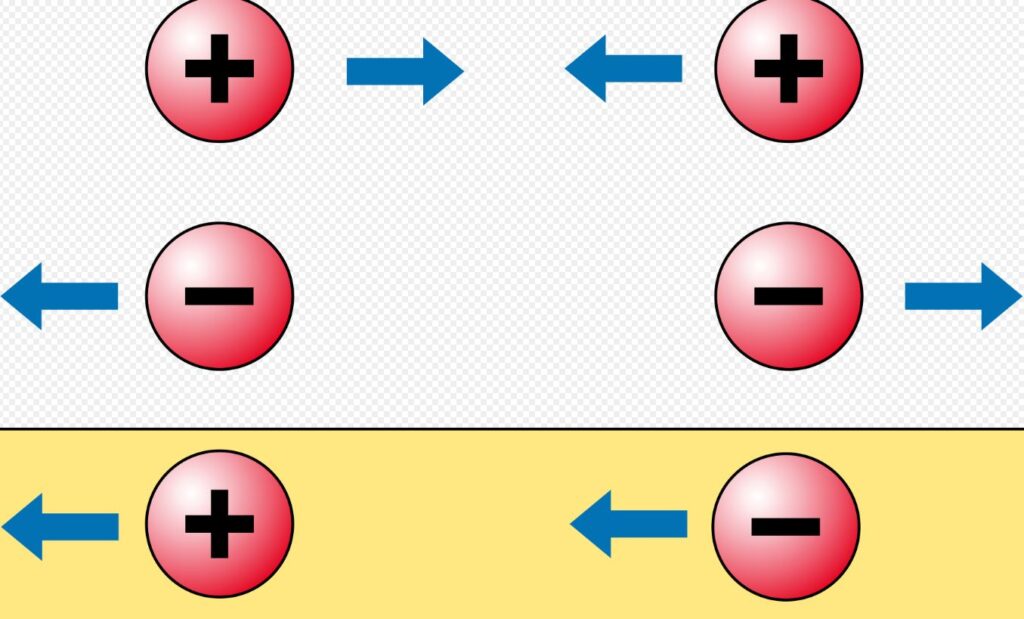
Negative mass is a theoretical form of matter that would react in the opposite way to force, push it, and it accelerates toward you. While it hasn’t been observed naturally, physicists have simulated it in the lab using specially designed materials. If it exists, negative mass could revolutionize our understanding of motion and gravity. Some theories even suggest it might help explain dark energy or exotic propulsion systems.
4. Vacuum Energy

Even empty space isn’t really empty. Quantum physics says the vacuum of space is teeming with energy from particles that constantly pop in and out of existence. This “vacuum energy” could help explain dark energy, the mysterious force making the universe expand faster. The Casimir effect is real-world proof: two metal plates in a vacuum can be pushed together by invisible energy fluctuations in space.
5. Superposition

Superposition means a quantum particle can exist in multiple states at once. Until it’s measured, an electron isn’t just spinning one way, it’s spinning both ways. This strange concept powers quantum computers and explains experiments like the double-slit test. It’s like Schrödinger’s cat being both alive and dead at the same time. Though it defies common sense, superposition has been repeatedly confirmed by experiments.
6. Entanglement
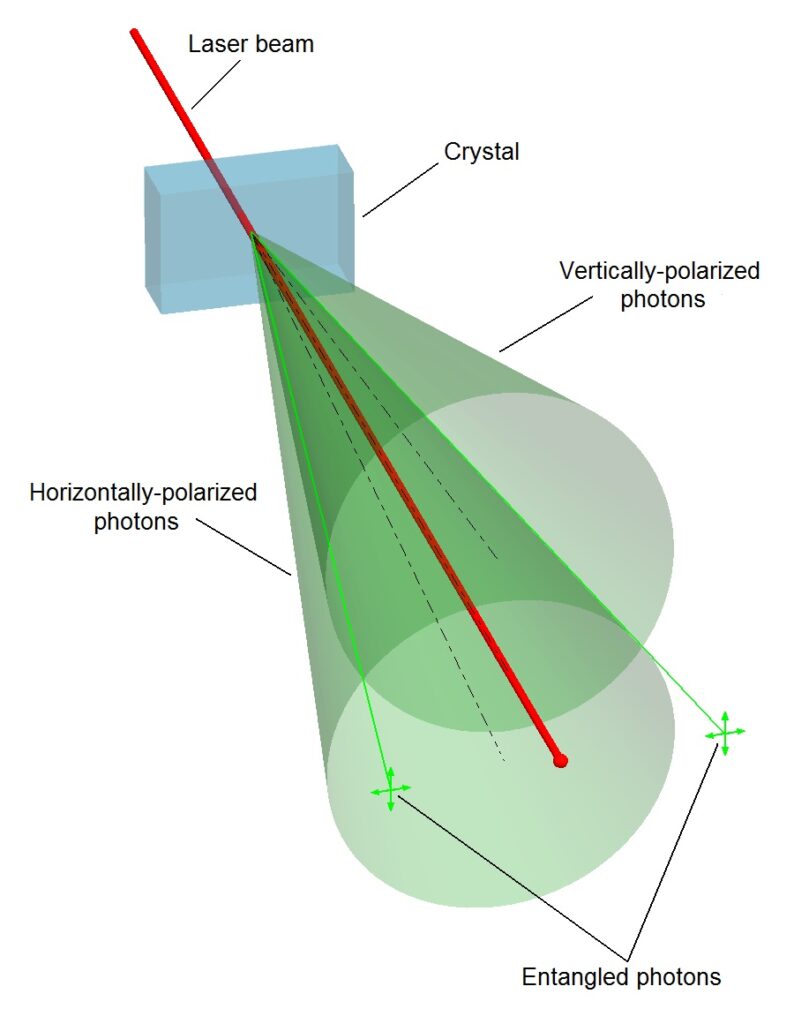
Entangled particles are connected in such a way that measuring one instantly affects the other, even if they’re light-years apart. Einstein called it “spooky action at a distance,” and it sounds like magic. But it’s real and has been demonstrated in countless lab experiments. Entanglement could power quantum communication systems that are faster and more secure than anything we have today.
7. The Many-Worlds Theory
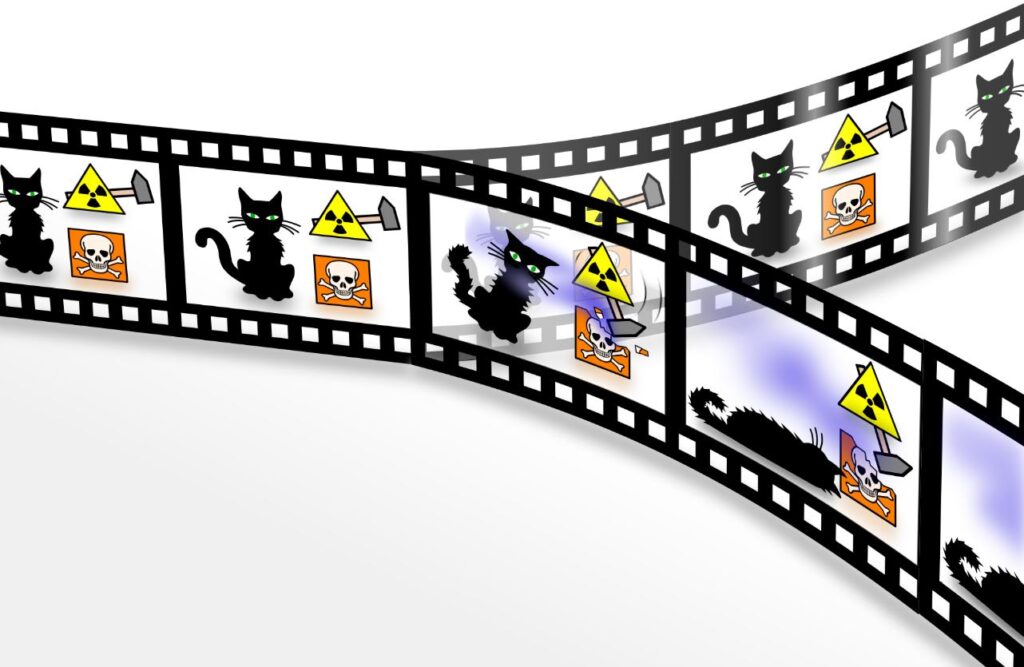
The Many-Worlds Theory suggests that every possible outcome of a quantum event actually happens, in a separate universe. Flip a coin and both heads and tails exist, just in different realities. While it sounds like science fiction, it’s taken seriously by some physicists as a solution to quantum mysteries. Though unproven, it offers a mind-bending explanation for how quantum probabilities play out.
8. Virtual Particles
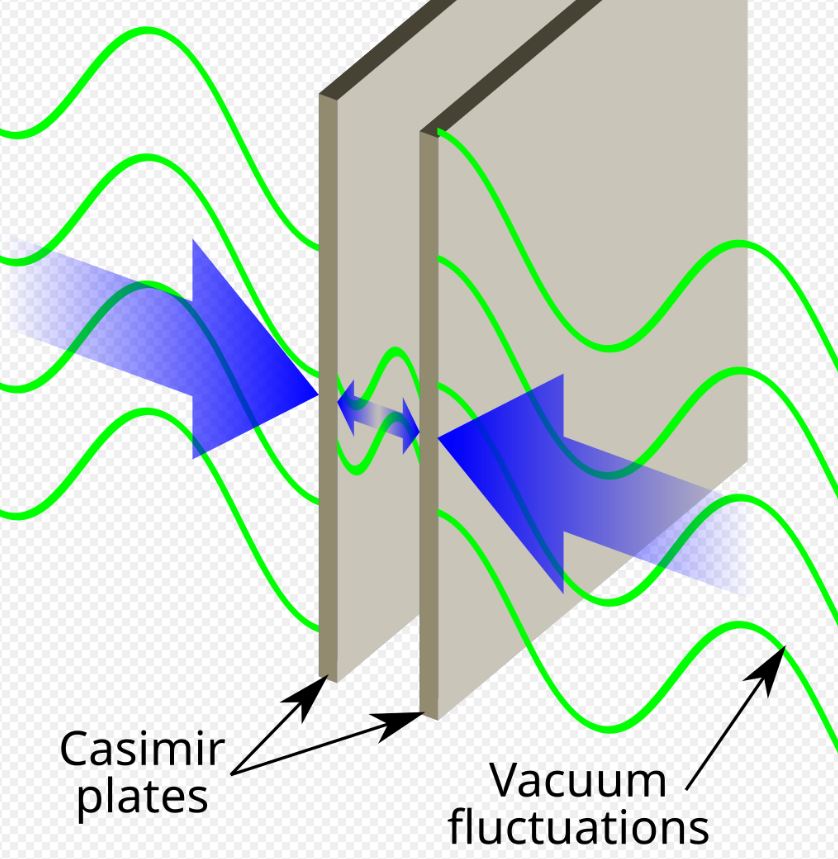
Virtual particles flash into existence for tiny moments, then disappear. They aren’t directly detectable, but we know they exist because they affect real-world physics. These ghost-like particles help explain forces like electromagnetism and gravity in quantum field theory. The Casimir effect is again one place they show up, creating measurable pressure from nothing. They’re fleeting, but their effects are real and powerful.
9. Quantum Foam
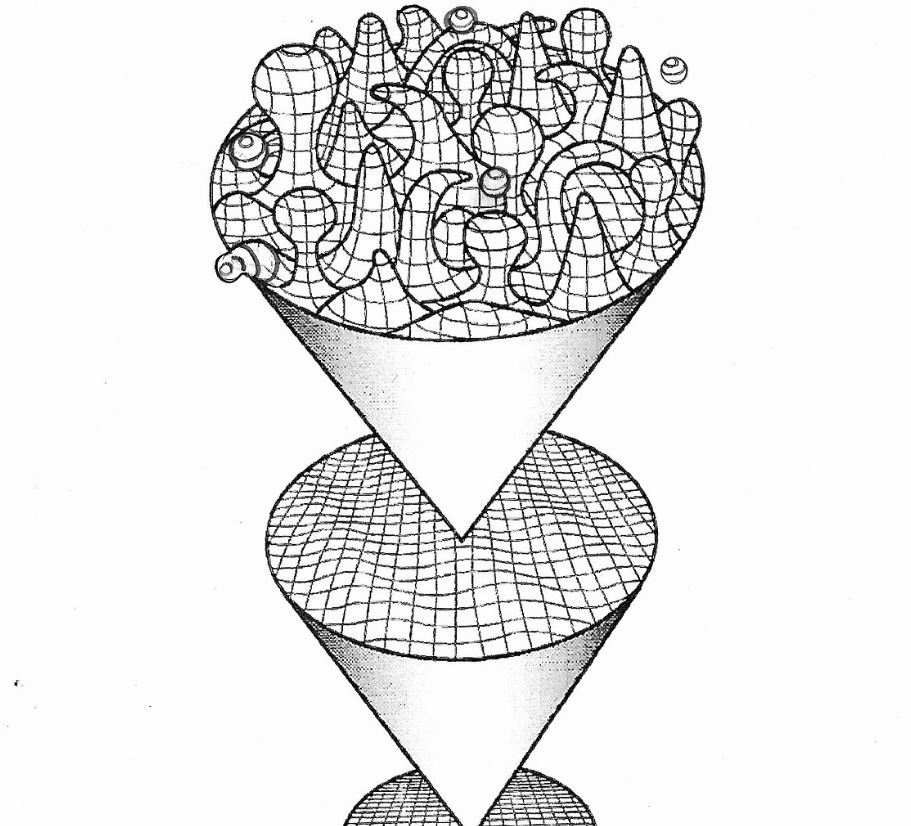
At the tiniest scales of space and time, the universe is thought to be chaotic and jittery, a seething “foam” of energy fluctuations. This idea, known as quantum foam, suggests space-time isn’t smooth but constantly bubbling. It’s based on the principles of quantum gravity and shows up in theories trying to unite general relativity and quantum mechanics. We can’t observe it directly yet, but it’s a serious concept.
10. Wave-Particle Duality
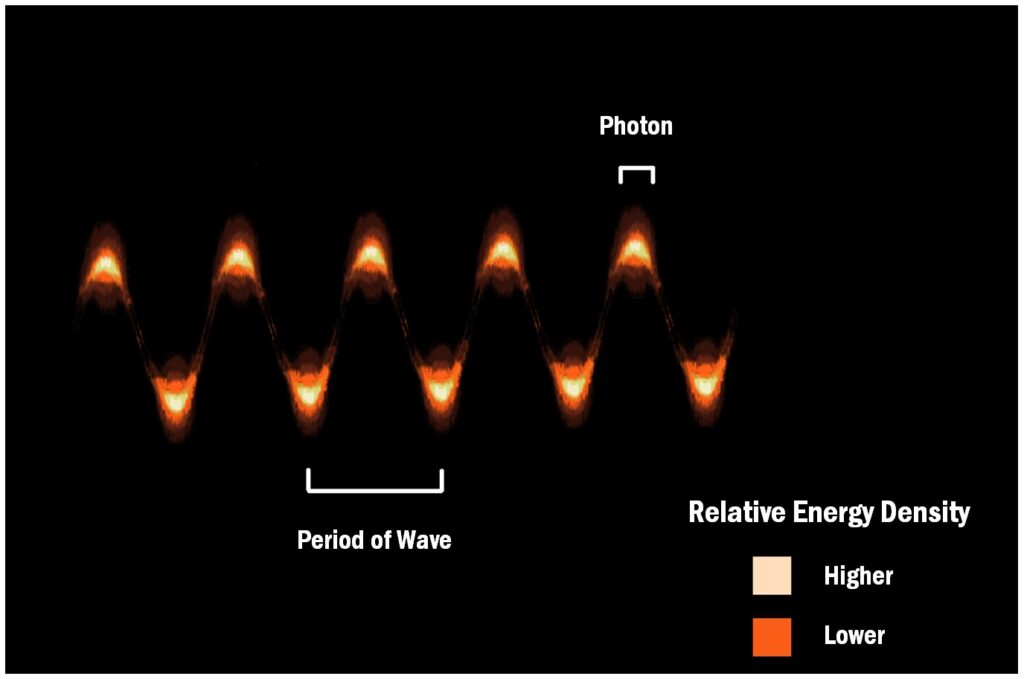
Wave-particle duality means particles like photons and electrons act like both particles and waves. In experiments, a single electron can interfere with itself, something only waves do, yet also land like a particle on a detector. This dual nature is at the heart of quantum mechanics and has been confirmed countless times. It challenges everything we think we know about matter and light.
11. The Holographic Principle
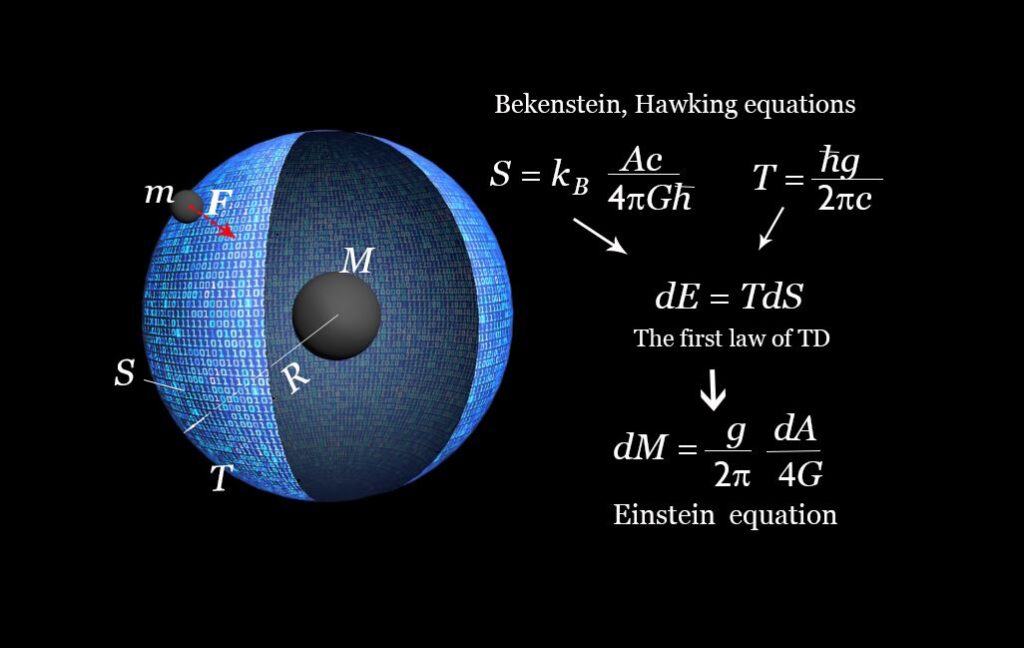
The holographic principle suggests our 3D universe might actually be a projection from a 2D surface far away. This wild theory comes from black hole physics, where the information inside a black hole may be stored on its surface. If true for the universe, everything we experience could be a kind of cosmic hologram. It sounds outrageous, but some scientists believe it’s mathematically sound.
12. Antimatter Explosions
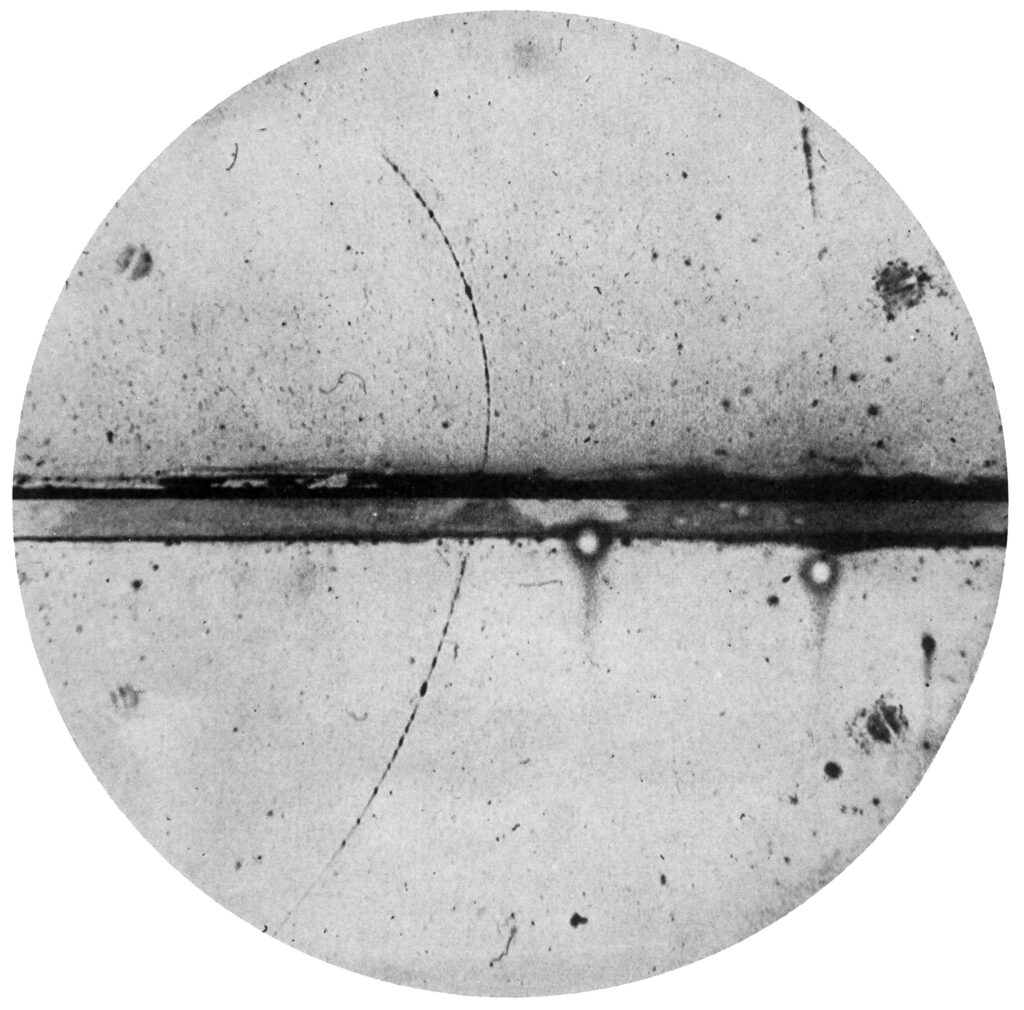
Antimatter is the opposite of regular matter, same mass, but opposite charge. When it meets matter, the two annihilate in a burst of pure energy. It’s not just theoretical: antimatter is used in PET scans in hospitals. Though rare and difficult to store, just a few grams could produce more energy than a nuclear bomb. Its strange properties make it both fascinating and potentially dangerous.


